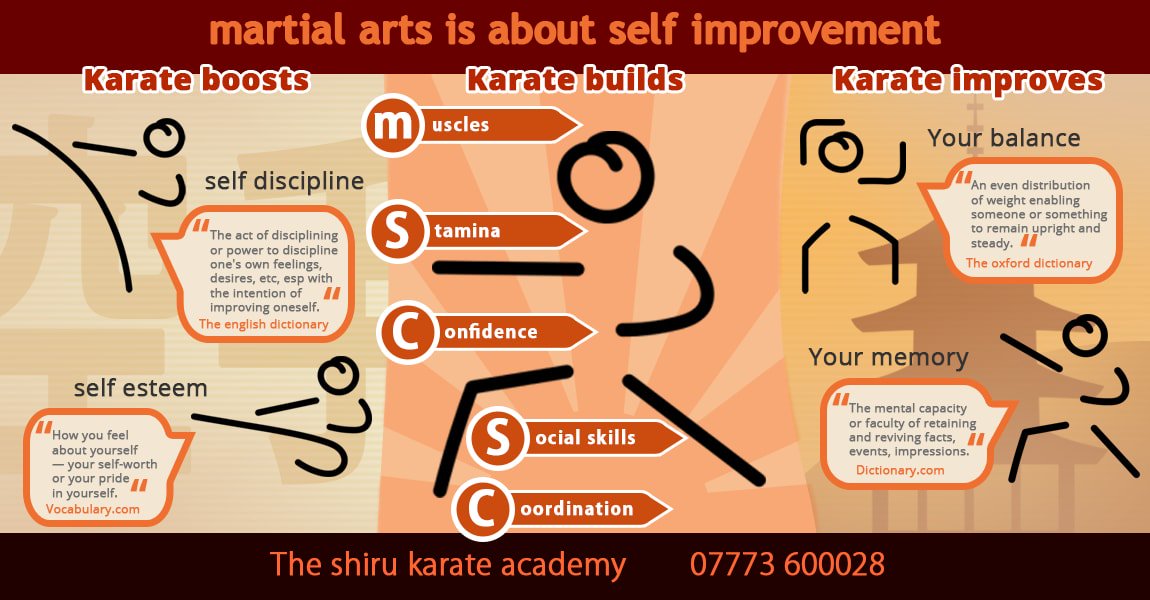Exploring The Rich Heritage And Spiritual Dimension Of Fighting Style: A Complete Examination
Exploring The Rich Heritage And Spiritual Dimension Of Fighting Style: A Complete Examination
Blog Article
Created By-Rafferty Friedman
Enter the ancient globe where martial arts were born out of necessity in varied regions. Cultures crafted special battling designs linked with historic contexts. Strategies developed over centuries with devoted technique and cultural exchanges. Today, modern-day martial arts mix standard aspects for maximum effectiveness. Philosophically, martial arts highlight self-control, self-improvement, and harmony. Regard, humbleness, and equilibrium are fundamental principles leading professionals towards development and durability. Explore the depths of this abundant background and philosophy to reveal the extensive impacts forming this long-lasting self-control.
Origins of Martial Arts
Fighting style originated in numerous regions around the globe, developing as useful battle systems to prevent threats. These ancient battling designs were established out of requirement, with each society crafting methods fit to their special settings and challenges. From the grappling arts of Jujutsu in Japan to the striking methods of Martial art in China, martial arts were deeply linked with the historic, social, and social fabric of their corresponding cultures.
In Japan, the samurai course refined martial arts like Kenjutsu, the art of the sword, which later on progressed into the much more popularized form of Kendo. On the other hand, in Brazil, Capoeira became a mix of dancing and fight, created by enslaved Africans as a way to withstand injustice. Each fighting style brings with it a rich history and ideology, mirroring the worths and ideas of the people who practiced them.
As you explore the origins of martial arts, you uncover a tapestry of human resourcefulness, resilience, and the stubborn spirit of warriors throughout time.
Development of Strategies
With centuries of technique and improvement, fight strategies within different martial arts have gone through a profound development. From old designs like Martial art and Martial arts to a lot more modern techniques such as Brazilian Jiu-Jitsu and Krav Maga, the development of techniques has actually been driven by a combination of social influences, practical applications, and technical developments.
One substantial facet of this advancement is the cross-pollination of methods in between various martial arts. As an example, methods from conventional Japanese Jiu-Jitsu were incorporated right into the development of Judo by Jigoro Kano in the late 19th century. This blending of styles has caused the growth of hybrid martial arts like Mixed Martial Arts (MIXED MARTIAL ARTS), which integrate components of striking, grappling, and submission methods.
Additionally, https://dantecnwdo.ttblogs.com/10717772/check-out-the-essential-differences-between-fighting-styles-and-self-defense-bring-to-light-the-fundamental-elements-of-these-powerful-self-controls-and-select-the-most-suitable-course-for-your-individual-security of methods has actually been shaped by the raising emphasis on effectiveness and effectiveness in combat. Practitioners have continually sought to improve their strategies through extensive training, trial and error, and competition, resulting in the advancement of very specialized and effective fighting designs. Generally, the development of techniques in martial arts mirrors the vibrant nature of battle and the continuous quest for enhancement and innovation.
Philosophical Structures
Exploring the underlying thoughtful principles of martial arts gives insight right into their core values and directing ideas. At the heart of many martial arts techniques is the idea of self-control itself. By educating https://wokingham.today/karate-kids-shaolin-tigers-martial-arts-club-enjoys-new-facility/ and body to work as one cohesive system, you cultivate self-control that expands past the dojo or fitness center right into everyday life. This discipline incorporates regard, humbleness, and self-discipline, shaping not simply your physical capabilities but additionally your character.
Another fundamental philosophical structure in martial arts is the concept of constant self-improvement. The journey of grasping a fighting style is endless, with professionals constantly striving to much better themselves, both literally and psychologically. This concentrate on growth fosters resilience, willpower, and a growth mindset that can be put on all facets of life.
Additionally, martial arts highlight the significance of harmony and balance. Methods are developed to utilize an opponent's energy versus them, highlighting the concept of generating and rerouting pressure rather than fulfilling it head-on. This philosophy includes social relationships, advertising tranquil resolutions and mutual understanding. By embracing these thoughtful structures, martial artists not only boost their combat abilities but additionally grow a way of life centered on individual growth, respect, and consistency.
Verdict
In conclusion, the history and philosophy of martial arts supply a rich tapestry of practice, discipline, and self-improvement.
Take for example the tale of Bruce Lee, that revolutionized martial arts by blending different designs and approaches to create his own one-of-a-kind type of Jeet Kune Do.
Through devotion and advancement, martial artists continue to push limits and motivate others to reach their complete capacity both in fight and in life.
